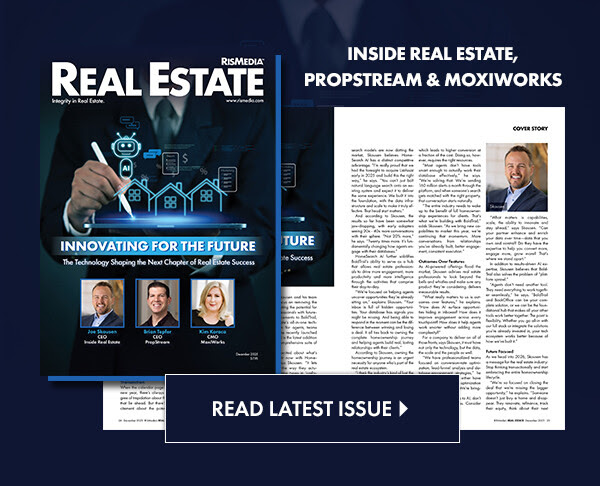A new study finds a concerning gap between what managers say they want their company culture to be and what employees say is really valued by those same bosses.
The study, conducted by Joseph Grenny and David Maxfield, co-founders and leading researchers at VitalSmarts, a TwentyEighty Inc. company, shows that while leaders say they want innovation, initiative, candor and teamwork, what employees feel is really valued is obedience, predictability, deference to authority and competition with peers.
Overall, the study, which surveyed more than 1,200 employees, managers and executives, found that employees have a much more negative view of their corporate culture than their bosses. And, the more senior a person is in the organization, the more positive their perception of their company culture.
And these perception gaps matter—a lot. When employees believed that what was really valued was obedience, predictability, deference to authority and competition with peers, they were 32 percent less likely to be engaged, motivated and committed to their organization. This perception also had a dramatic impact on their performance. They were 26 percent less likely to rate their organization as successful at innovating and executing.
Survey respondents were presented with 13 cultural norms and asked to identify which norms were most like their own culture. Employees and managers clashed on all 13 norms, but the chasm between employee perception and management perception was statistically widest on five norms:
- Norm is to avoid conflict and maintain pleasant relationships—at least superficially; it’s important to agree with, gain approval of, and be liked by others. (Employees were 54 percent more likely to say this is extremely like their culture than leaders.)
- Norm is to conform, follow the rules and make a good impression; culture is conservative, traditional and bureaucratically controlled. (Employees were 53 percent more likely to say this is extremely like their culture than leaders.)
- Norm is to do what you’re told and clear all decisions with superiors; culture is hierarchically controlled and non-participative. (Employees were 54 percent more likely to say this is extremely like their culture than leaders.)
- Norm is to set challenging goals, establish plans to reach those goals, pursue them with enthusiasm and achieve them; it’s important to pursue a standard of excellence. (Employees were 18 percent less likely to say this was extremely like their culture than leaders.)
- Norm is to speak up immediately whenever there is a question or concern that could affect performance; in this culture, employees speak truth to power, and both parties are honest and respectful. (Leaders were 67 percent more likely to say this was extremely like their culture than employees.)
Overall, organizations have a lot of work to do when it comes to improving corporate culture. According to the study, only 9 percent of employees have a favorable opinion of their culture. Managers and executives were slightly more optimistic, with 15 percent reporting they viewed their corporate culture favorably.
Grenny says that when it comes to fixing corporate culture, the place to start is with dialogue.
“There is no way to close this gap without honest, open dialogue,” says Grenny. “Basically, people say their leaders hype one set of behaviors, but reward another—that gap in perception is the starting point for conversation. If leaders are seen as sending mixed messages about what they truly believe will drive performance, they should invite employees to point out this perceived hypocrisy. Leaders tend to think employees won’t open up, but we’ve seen the opposite. When an executive sits down and truly listens, employees will be surprisingly honest.”
The study also shows that when leadership is trained in the skills to speak up and hold people accountable, culture change can occur.
“Having leaders participate in interpersonal skills training has a significant impact on the overall health of the culture,” says Maxfield. “This is because leaders can communicate with and better manage their teams, but they are also in a position to cascade these skills to their employees, ultimately creating a new, healthy cultural norm.”
Grenny and Maxfield, who are also the authors of The New York Times business bestsellers, “Crucial Conversations” and “Crucial Accountability,” recommend the following leadership strategies for starting a candid discussion about a culture chasm:
- Understand the business case. Before you set off to change your culture, be clear about the business reasons for doing so. Leaders who do it as a feel-good strategy turn it into a hobby and tend to create little beyond cynicism. There are hard, measurable reasons for changing culture—articulate those before you begin.
- Focus on vital behaviors. You can’t change 10-15 behaviors in a company. You can really only focus on a vital two or three. Pick the behaviors that will make the biggest difference in performance.
- Listen deeply. Before you can change culture, you need to know where you stand. The best way to do this isn’t with a safe, antiseptic survey administered by outsiders. The best way is for executives to vulnerably engage with the employees who know best. Meet with groups of 8-10 employees. Spend 60-90 minutes asking open-ended questions like, “What advice would you give a friend if they came to work here?” “What does it take to succeed here?” or “If you had a magic wand, what’s one thing you would change?”
- Take action. Listening creates expectations. Once employees take a risk to share their perceptions, they begin watching to see if you’ve really listened. They’ll want to see evidence. Pick a couple of valued and visible concerns and address them quickly. This builds trust in your sincerity to make longer-term changes that may involve the employees themselves changing their behavior.
For more information, visit www.vitalsmarts.com and www.twentyeighty.com.











